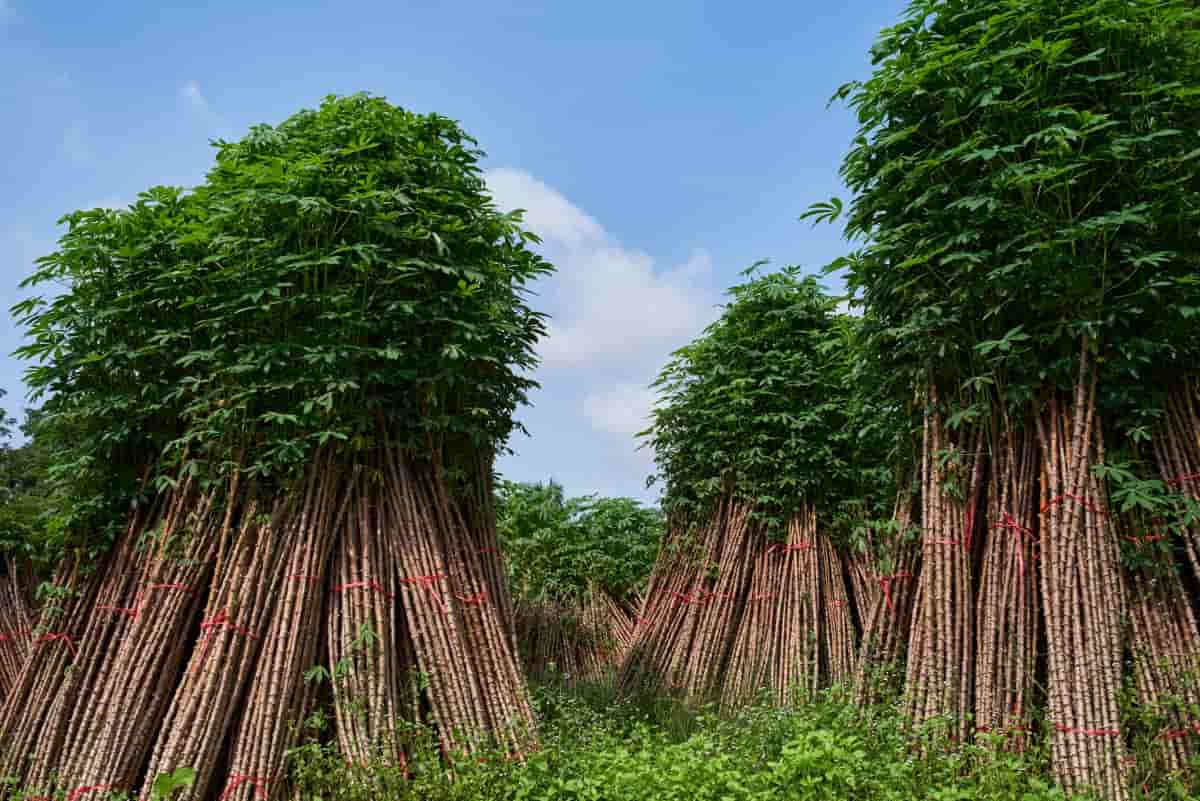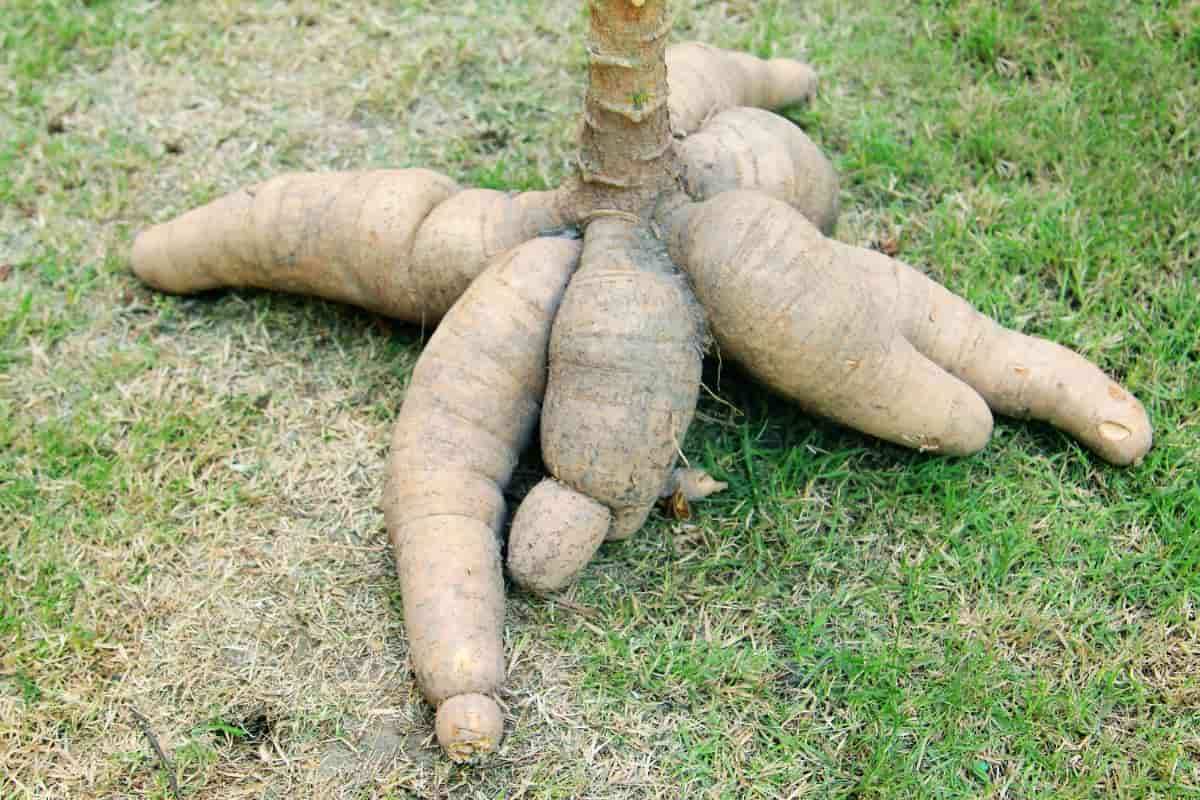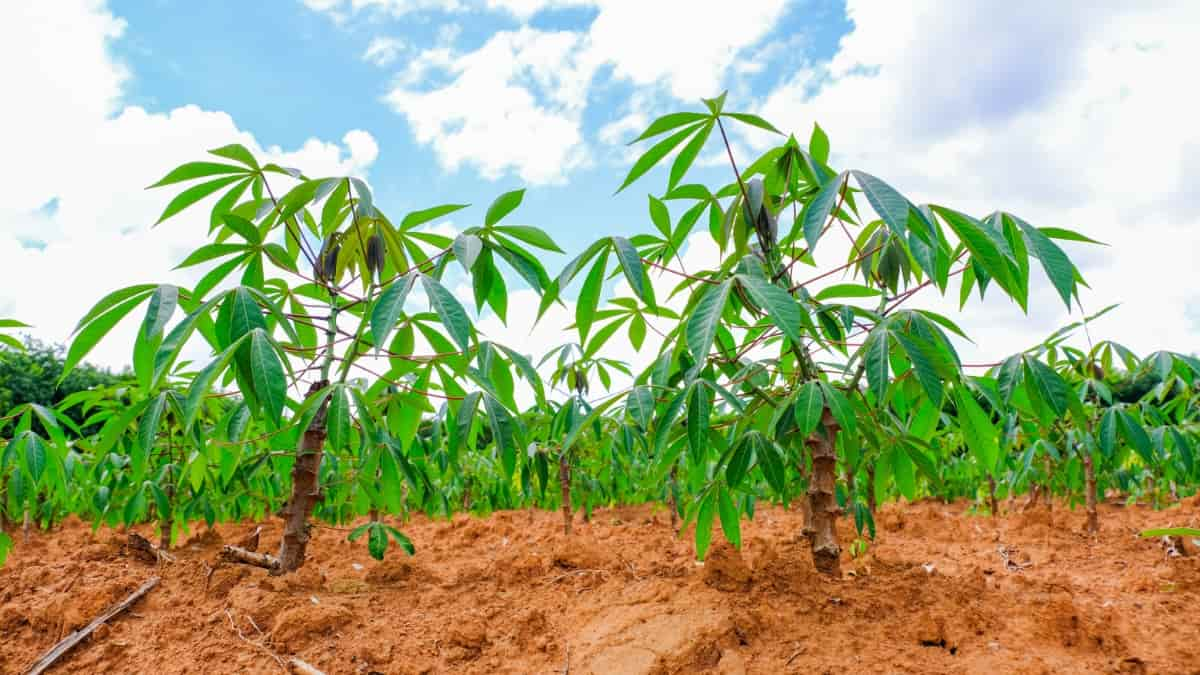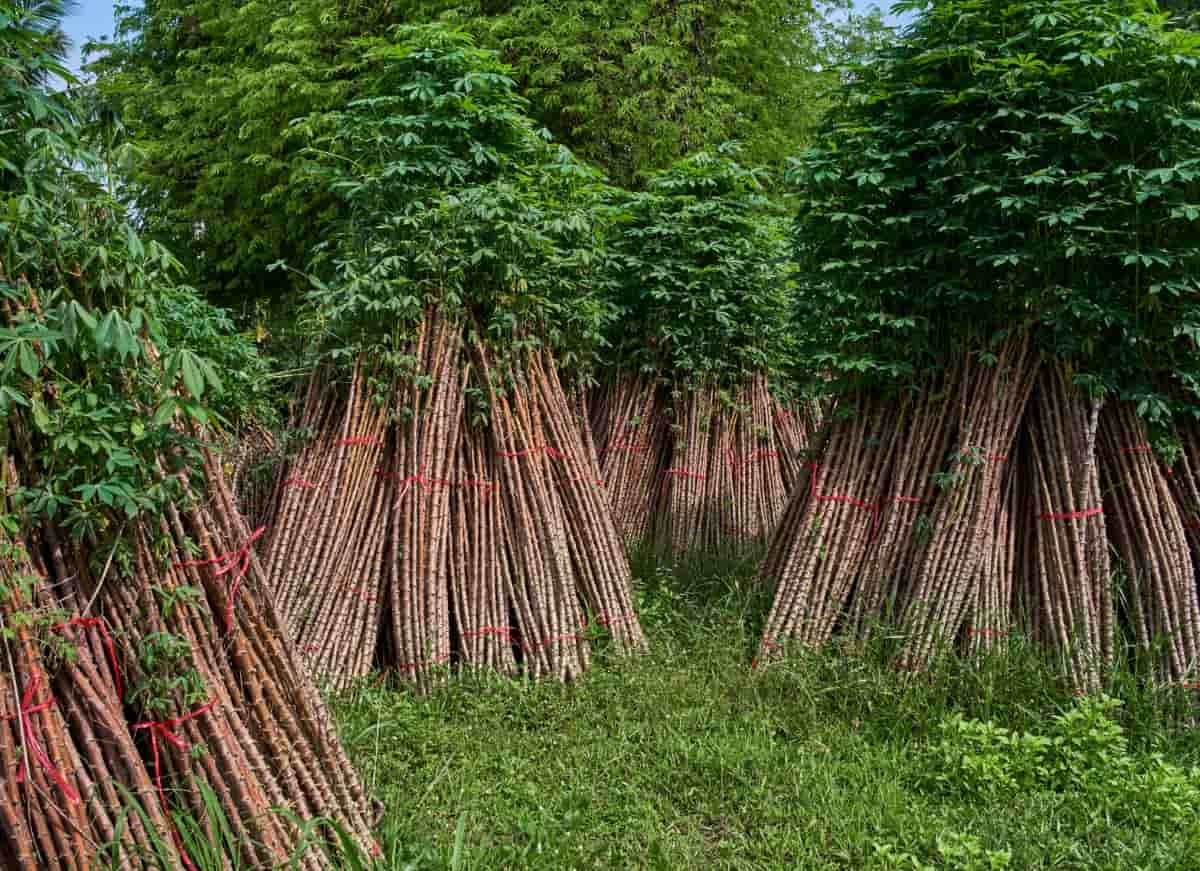Ensuring a robust cassava harvest requires a holistic approach. Strategies for healthy crop yield encompass disease prevention and identification. Cultural practices emphasizing soil health and planting techniques play a pivotal role in maintaining cassava vitality. Chemical control methods provide targeted interventions against pests, while biological control fosters sustainable farming. This comprehensive approach safeguards cassava crops, ensuring a thriving harvest.

Managing Pests and Diseases in Cassava
Cassava, a vital crop for millions worldwide, faces threats from pests and diseases. Effective management strategies are crucial for sustaining yields and ensuring food security.
Understanding the Importance of Managing Pests and Diseases
Cassava pest management and disease prevention are paramount for farmers. Without proactive measures, infestations can decimate crops, leading to significant economic losses. Pests like the cassava mealybug and diseases such as cassava mosaic virus pose persistent challenges. Hence, preemptive actions are necessary to safeguard cassava plants and livelihoods.
The Impact of Infestations on Cassava Yield and Quality
Infestations profoundly impact cassava yield and quality. Common cassava pests like the cassava green mite can cause extensive damage, reducing harvests and compromising food security. Similarly, diseases like cassava brown streak disease can devastate cassava fields, affecting both yield and tuber quality.
Common Cassava Pests
Identification and Prevention of Common Insect Pests
Recognizing common cassava pests like mealybugs, cassava green mites, and whiteflies is essential. Early detection through regular field monitoring helps in implementing preventive measures. Natural pest population control can be achieved by introducing naturally occurring predators like as ladybugs and lacewings.
Integrated Pest Management (IPM) Strategies
IPM methods include chemical, biological, and cultural approaches to manage pests sustainably. Methods like crop rotation, intercropping, and the use of resistant cassava varieties decrease pest infestation. Biopesticides and pheromone traps are eco-friendly alternatives, minimizing environmental impact while safeguarding cassava yields.
Disease Identification and Prevention
Recognizing and Diagnosing Cassava Diseases
To recognize cassava diseases, inspect leaves for discoloration or spots. Common diseases include cassava mosaic virus and cassava brown streak disease. Utilize molecular techniques for accurate diagnosis.
Strategies for Disease Prevention and Control
Integrated Pest Management (IPM) for cassava involves combining biological, cultural, and chemical practices. Rotate crops, use resistant varieties, and implement proper sanitation measures. Regularly monitor fields for early signs of diseases. Promote healthy cassava growth through balanced nutrition and timely harvesting.
In case you missed it: Effective Management of Arecanut Pests and Diseases: A Comprehensive Guide

Cultural Practices for Pest and Disease Management
Soil Management Techniques to Promote Healthy Cassava
- Prioritize soil health.
- Utilize organic matter, like compost or manure, to enrich soil fertility.
- Employ mulching to retain moisture and suppress weeds.
- Rotate cassava crops to prevent soil exhaustion.
- Embrace intercropping with nitrogen-fixing plants to enhance soil nutrients. These practices fortify cassava against diseases and pests.
Crop Rotation and Companion Planting for Pest Reduction
Integrate crop rotation strategies to break pest cycles. Rotate cassava with legumes or cereals to disrupt pest habitats. Implement companion planting with marigolds or basil to deter pests naturally. This synergistic approach discourages pest buildup while promoting biodiversity. Embrace diversity in your fields to minimize pest pressure and bolster cassava yields.
Chemical Control Methods
Proper Application of Pesticides for Pest Management
Applying pesticides requires precision. Follow guidelines to optimize pesticide use. In cassava farming, choose chemicals that target specific pests, ensuring the safety of beneficial organisms.
Guidelines for Safe and Effective Chemical Control
- Follow recommended guidelines.
- Regularly monitor pest populations and select pesticides with minimal environmental impact.
- Opt for integrated pest management strategies for sustainable results.
Biological Control
Utilizing Natural Predators and Beneficial Organisms
Natural predators like ladybugs and lacewings play vital roles in controlling pests. Encouraging their presence fosters balanced ecosystems. Beneficial organisms such as nematodes and predatory mites effectively target specific pests, reducing reliance on harmful chemicals. Integrating these biocontrol agents enhances sustainability in agriculture.
Promoting Biocontrol Agents for Sustainable Pest Control
Disease-resistant cassava varieties offer intrinsic pest resistance, reducing reliance on chemical interventions. Implementing quarantine measures helps prevent the spread of pests and diseases in cassava farming. By prioritizing biological control methods, farmers can sustainably manage pests while safeguarding crop health and ecosystem balance.
Resistant Cassava Varieties
Breeding and Using Disease-Resistant Cassava Varieties
Breeders utilize advanced techniques to fortify cassava against diseases like mosaic virus and pests like whiteflies. Farmers benefit from these varieties, minimizing losses and ensuring food security. Implementation of resistant strains is pivotal for sustainable agriculture.
Benefits of Resistant Varieties in Pest and Disease Management
Resistant cassava varieties reduce dependency on chemical pesticides. Quarantine measures for cassava help prevent the spread of diseases. Post-harvest pest control in cassava ensures quality produce. Overall, cassava crop protection strategies integrate resistant varieties for sustainable farming.
In case you missed it: Homemade Hydroponic Pesticides: 100% Natural, Organic and Effective Recipes

Quarantine and Monitoring
Implementing Quarantine Measures to Prevent Pest Spread
Quarantine measures for cassava are essential to prevent pest spread. Strict protocols must be followed, including inspection and isolation of affected crops. Disease-resistant cassava varieties should be prioritized to minimize risks. Effective quarantine ensures the safety of cassava crops and prevents the spread of pests.
Routine Monitoring and Surveillance for Early Detection
Early detection is key to managing cassava pest threats. Routine monitoring is vital to spot signs of infestation promptly. Post-harvest pest control in cassava should be part of surveillance strategies. Cassava crop protection strategies must integrate continuous monitoring for optimal yield and health.
Post-Harvest Pest and Disease Management
Techniques for Minimizing Post-Harvest Losses
Implementing effective storage practices is vital to minimize post-harvest losses. Using proper storage facilities and containers helps maintain crop quality. Regular inspection and cleaning of storage areas prevent infestations. Employing moisture control methods inhibits mold growth and decay. Adequate ventilation in storage spaces promotes air circulation, deterring pest infestations.
Storage Practices to Prevent Infestations
Storage practices play a key role in preventing infestations in stored crops. Disease-resistant cassava varieties offer added protection during storage. Quarantine measures for cassava ensure that contaminated crops don’t compromise stored batches. Regular monitoring and inspection help detect early signs of infestation. Integrated pest management strategies are crucial for safeguarding stored cassava crops.
In case you missed it: 10 Best Plant Disease Management Methods: Top Plant Disease Control Strategies

Conclusion
To ensure a successful cassava harvest, farmers should prioritize preventive measures, early detection, cultural practices, integrated pest management strategies, biological control methods, disease-resistant varieties, and vigilant monitoring.
- Deworming Schedule for Dogs/Puppies: A Beginners Guide
- How to Prevent and Control Parasites in Goats
- Beneficial Insects in Pest Management
- Natural Solutions for Pest Control in Flower Gardens
- Types of Fungicides Used in Agriculture
- Common Issues in the Fruit Development Stage of Pomegranate Farming
- Fruit Development Issues in Papaya: Easy Solutions and Treatment
- Soil-Borne Diseases and How to Protect Your Plants
- Practices to Prevent Disease Spread in the Garden